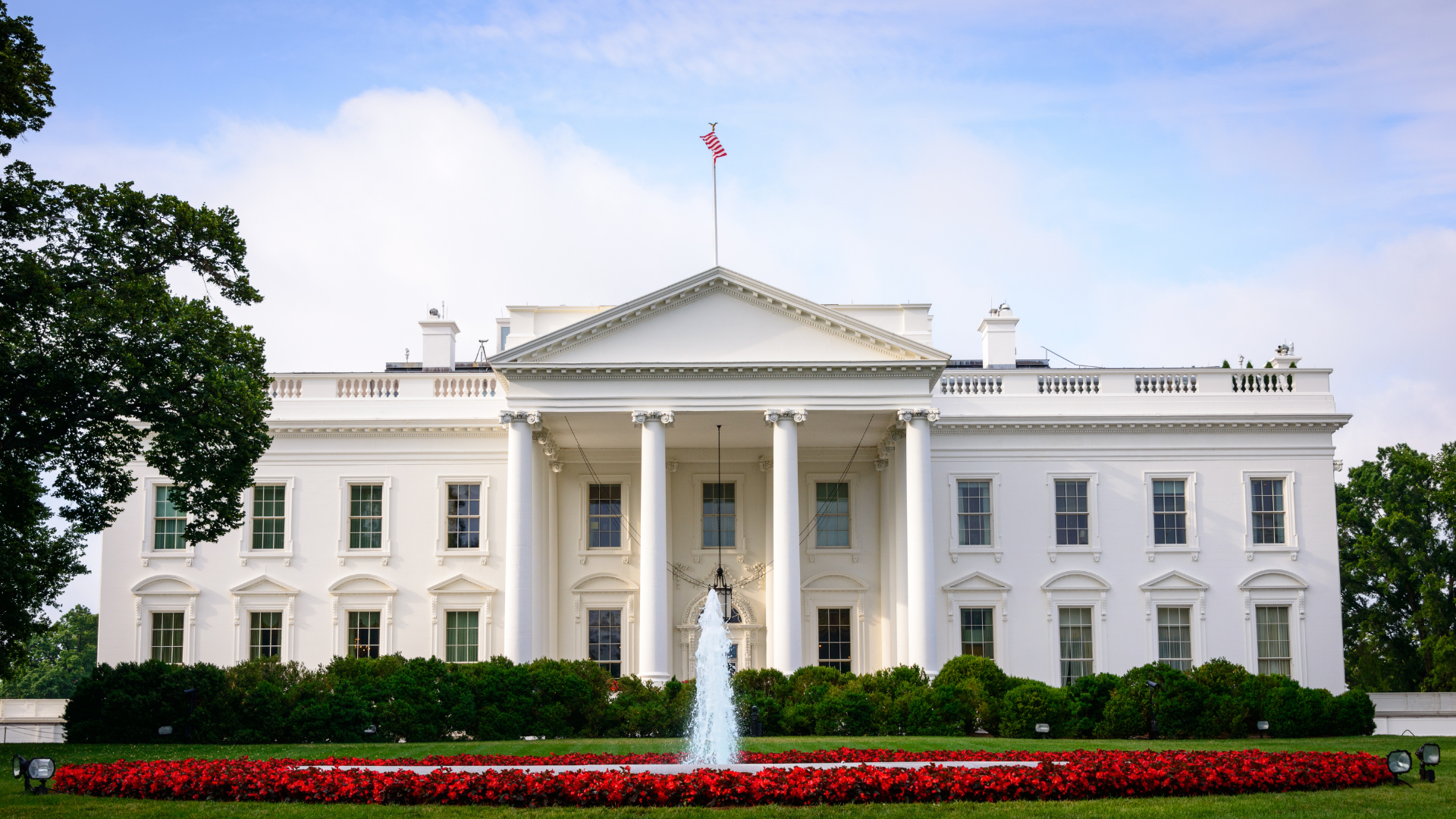The White House has announced an ambitious plan to establish a sovereign wealth fund (SWF) aimed at strengthening the nation’s economic resilience and ensuring long-term fiscal stability. This move seeks to diversify government revenue streams, reducing reliance on traditional tax-based income—a significant shift in U.S. economic strategy.
Officials revealed that the fund will be financed through surplus revenues from sectors like technology, energy, and critical minerals. By leveraging profits from these high-growth industries, the fund aims to build a financial buffer capable of withstanding economic downturns and market volatility.
Modeled after successful funds in Norway and Singapore, the U.S. version will focus heavily on domestic investments, targeting infrastructure, green energy, and technological innovation. Unlike its international counterparts, the fund’s strategy will prioritize projects that stimulate national economic growth.
However, critics warn of potential pitfalls, including the risk of politicized investment decisions and challenges in maintaining transparency. Despite these concerns, the administration insists that robust governance structures will safeguard the fund’s integrity and public trust.
Economists argue this initiative could reshape how the U.S. manages fiscal surpluses, potentially reducing national debt over time and offering a new tool for economic stabilization. The sovereign wealth fund is also expected to attract private sector partnerships, amplifying its growth potential.
As the proposal heads to Congress, it’s set to spark debates on fiscal management and the government’s role in investment. The decision could set a precedent for future economic policies, reshaping America’s financial landscape for generations.






















